Which Binoculars Is Best For Long Distance Viewing ?
Binoculars with high magnification and large objective lenses are best for long distance viewing. Magnification of 10x or higher is recommended for long distance viewing, while objective lenses of 50mm or larger are ideal for gathering more light and providing a brighter image.
Some popular binoculars for long distance viewing include the Vortex Optics Viper HD 10x50, the Nikon Monarch 5 12x42, and the Celestron SkyMaster Giant 15x70. These binoculars offer high magnification and large objective lenses, as well as high-quality optics and durable construction.
It's important to consider factors such as weight, size, and price when choosing binoculars for long distance viewing. It's also recommended to try out different models and brands before making a purchase to ensure the best fit for your needs and preferences.
1、 Magnification power
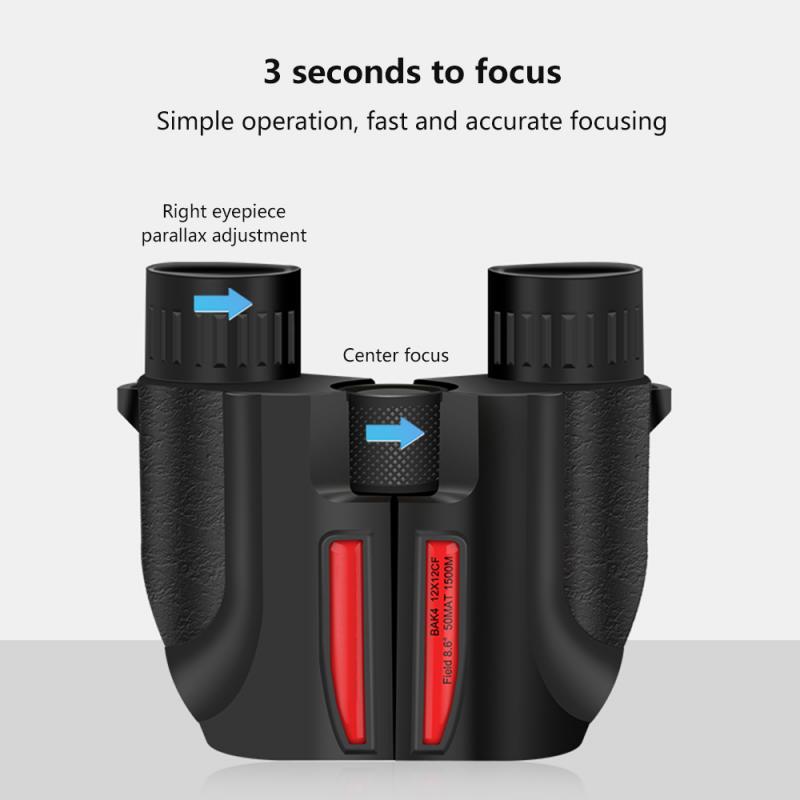
When it comes to choosing the best binoculars for long distance viewing, magnification power is a crucial factor to consider. Generally, binoculars with higher magnification power are better suited for long distance viewing. However, it's important to note that higher magnification power also means a narrower field of view and a shakier image due to hand movements.
For long distance viewing, binoculars with a magnification power of 10x or higher are recommended. These binoculars provide a clear and detailed view of distant objects, making them ideal for bird watching, hunting, and other outdoor activities.
However, it's important to balance magnification power with other factors such as lens quality, image stabilization, and durability. The latest advancements in binocular technology have led to the development of binoculars with image stabilization features, which help to reduce hand movements and provide a steadier image.
Additionally, binoculars with high-quality lenses and coatings can provide a clearer and brighter image, even at higher magnification powers. Durability is also an important factor to consider, especially for outdoor activities where binoculars may be exposed to harsh weather conditions.
Overall, when choosing the best binoculars for long distance viewing, it's important to consider a range of factors, with magnification power being just one of them. It's recommended to do thorough research and read reviews before making a purchase to ensure that you choose the best binoculars for your needs.
2、 Objective lens diameter
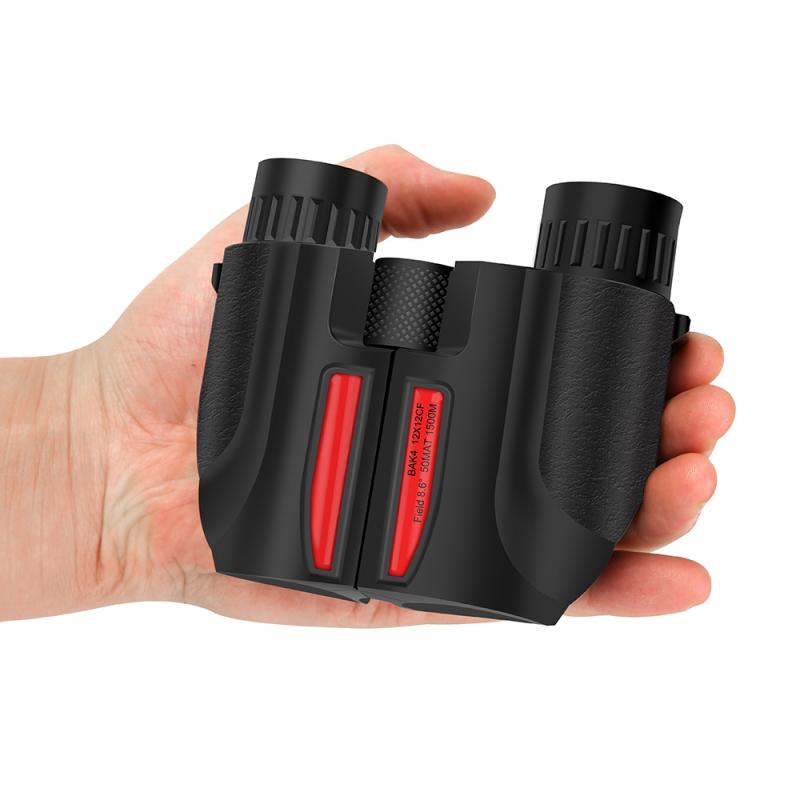
When it comes to choosing the best binoculars for long distance viewing, the objective lens diameter is a crucial factor to consider. The objective lens diameter refers to the size of the front lens element of the binoculars, measured in millimeters. The larger the objective lens diameter, the more light the binoculars can gather, resulting in brighter and clearer images.
For long distance viewing, binoculars with an objective lens diameter of at least 50mm are recommended. This size allows for a wider field of view and better light transmission, making it easier to spot and track distant objects. However, it's important to note that larger objective lenses also mean heavier and bulkier binoculars, which may not be ideal for extended use or travel.
In recent years, there has been a trend towards using high-quality coatings on the lenses to improve image clarity and brightness. Some of the latest coatings include ED (extra-low dispersion) glass, which reduces chromatic aberration and enhances color accuracy, and dielectric coatings, which improve light transmission and reduce glare.
Ultimately, the best binoculars for long distance viewing will depend on individual preferences and needs. It's important to consider factors such as magnification, field of view, weight, and durability, in addition to the objective lens diameter and lens coatings. Consulting with a knowledgeable salesperson or doing thorough research online can help narrow down the options and find the perfect pair of binoculars for long distance viewing.
3、 Lens coating
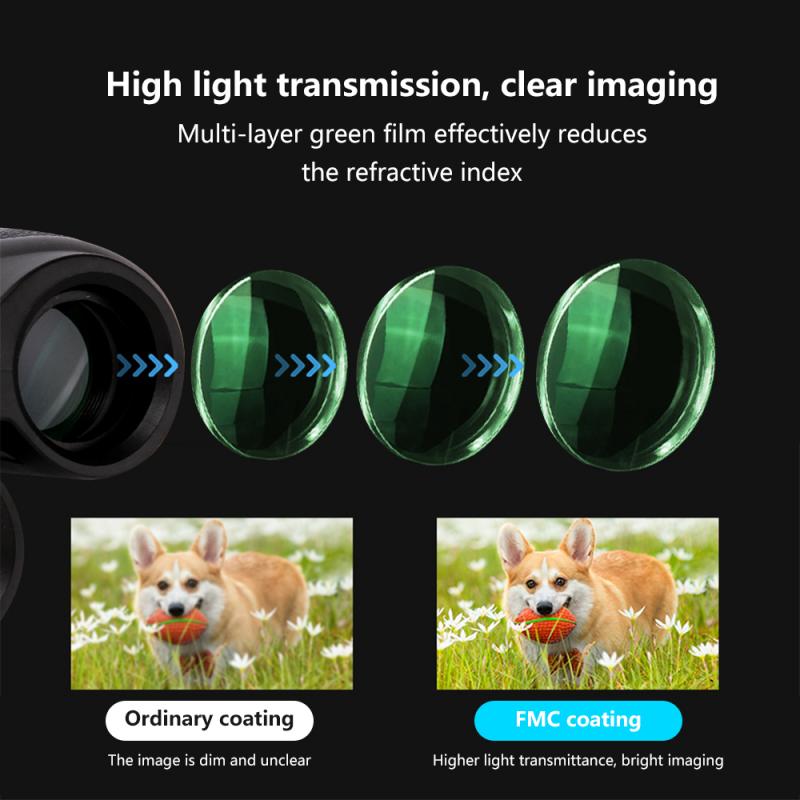
When it comes to choosing the best binoculars for long distance viewing, lens coating is a crucial factor to consider. Lens coating refers to the thin layer of material applied to the surface of the lenses to enhance their performance and durability.
There are several types of lens coatings available in the market, including coated, fully coated, multi-coated, and fully multi-coated. Coated lenses have a single layer of coating on at least one lens surface, while fully coated lenses have a single layer of coating on all air-to-glass surfaces. Multi-coated lenses have multiple layers of coating on at least one lens surface, while fully multi-coated lenses have multiple layers of coating on all air-to-glass surfaces.
Fully multi-coated lenses are considered the best for long distance viewing as they provide the highest level of light transmission, clarity, and color fidelity. They also offer superior contrast and reduce glare, making them ideal for use in bright sunlight or low-light conditions.
The latest point of view on lens coating is that manufacturers are now using advanced coatings such as dielectric and phase correction coatings to further enhance the performance of their binoculars. These coatings help to improve image resolution, reduce chromatic aberration, and provide sharper and clearer images.
In conclusion, when choosing binoculars for long distance viewing, it is essential to consider the type of lens coating. Fully multi-coated lenses are the best option as they provide superior performance and clarity. Additionally, the latest advancements in lens coating technology have further improved the performance of binoculars, making them an excellent investment for outdoor enthusiasts and bird watchers.
4、 Prism type
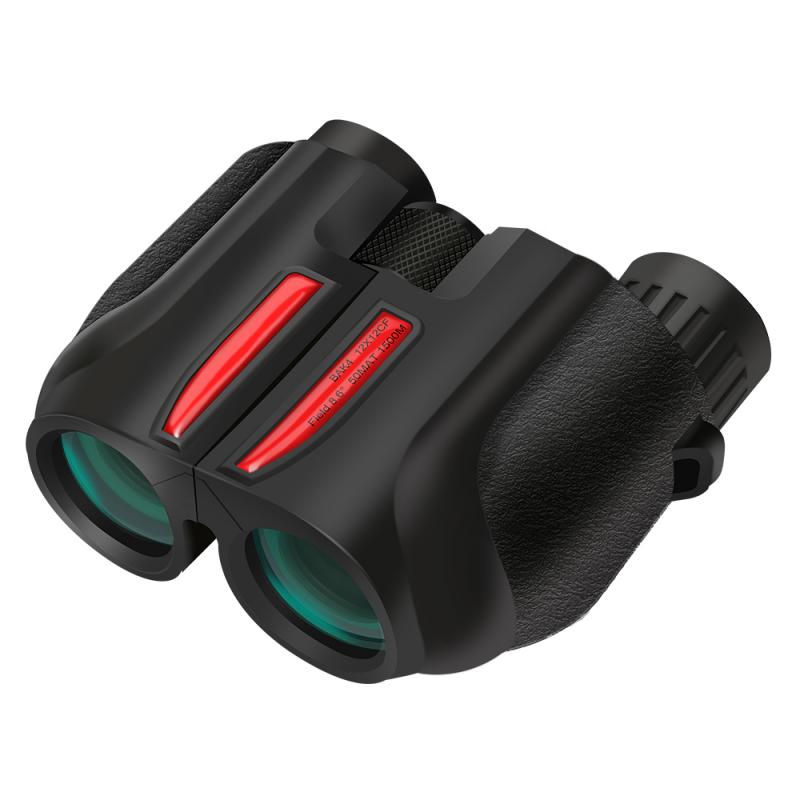
When it comes to long distance viewing, binoculars with a prism type design are the best option. Specifically, binoculars with a roof prism design are ideal for long distance viewing due to their compact size and high-quality optics.
One of the latest advancements in roof prism binoculars is the use of ED (extra-low dispersion) glass. This type of glass helps to reduce chromatic aberration, which can cause color fringing and reduce image clarity. Binoculars with ED glass are becoming increasingly popular for long distance viewing, as they provide sharper and more detailed images.
Another important factor to consider when choosing binoculars for long distance viewing is the magnification power. Higher magnification can provide a closer view of distant objects, but it can also make the image shakier and harder to focus. A magnification of 10x or 12x is typically recommended for long distance viewing, as it provides a good balance between magnification and stability.
Finally, it's important to consider the size and weight of the binoculars. While larger binoculars may provide better image quality, they can also be heavy and difficult to carry for extended periods of time. Look for binoculars that are lightweight and compact, without sacrificing image quality.
Overall, when choosing binoculars for long distance viewing, look for a roof prism design with ED glass and a magnification of 10x or 12x. Consider the size and weight of the binoculars, and choose a model that is comfortable to carry and use for extended periods of time.



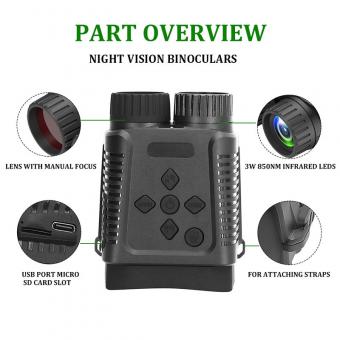






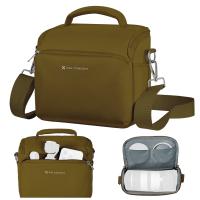
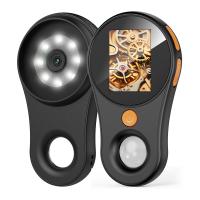
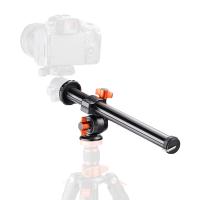

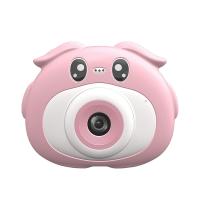
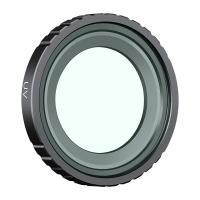

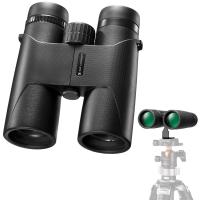


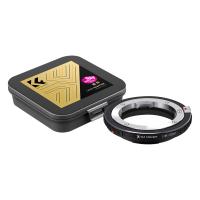

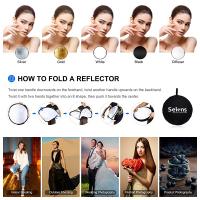
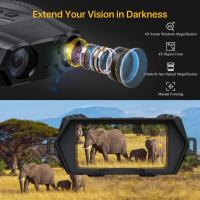


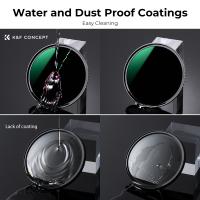
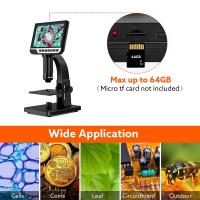
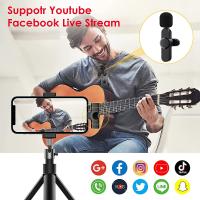
There are no comments for this blog.